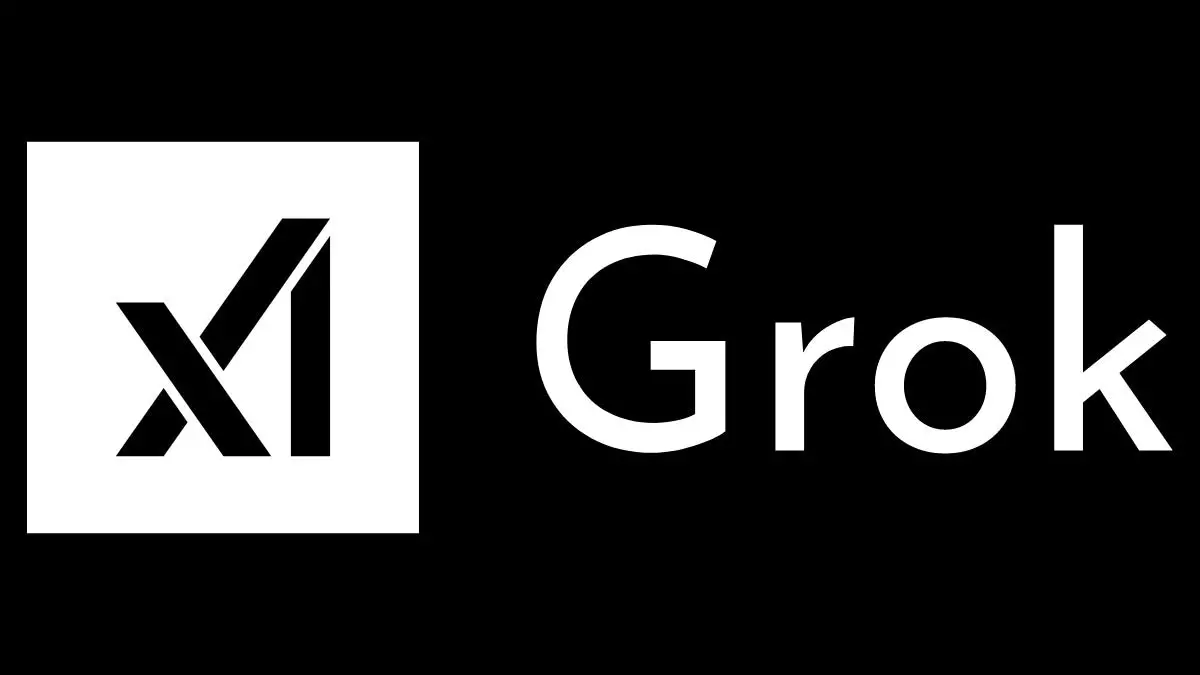The dawn of advanced artificial intelligence has been marked by several notable breakthroughs, and the recent addition of Aurora, an AI image generator by Elon Musk’s xAI, certainly piques curiosity. This innovative tool, integrated into the Grok platform, signifies xAI’s ambitions to reshape the AI landscape. Officially acknowledged by Musk only in response to user-generated content, the launch of Aurora raises numerous questions about the decision-making processes behind its deployment, especially given its initial disappearance.
Launched quietly on a seemingly innocuous Saturday, Aurora was highlighted by users who discovered its capabilities within Grok on the X platform, formerly known as Twitter. Unlike its predecessor, Flux, developed by Black Forest Labs, Aurora is billed as an internally developed model by xAI. This distinction is informative, as it showcases Musk’s intent to keep technological developments within his ecosystem. Users who eagerly experimented with Aurora shared their creations, but the excitement was short-lived as reports surfaced of the tool’s abrupt withdrawal.
The presence of Aurora in the Grok interface purportedly allowed users to select “Grok 2 + Aurora” to access a host of image generation functionalities. The ability to generate highly-realistic images was positioned as a groundbreaking feature, but the lack of a formal introduction from xAI left many in the dark, lacking clarity on operational guidelines or ethical considerations that typically accompany such releases.
Critically, the context surrounding Aurora’s disappearance soon overshadowed its release. According to user observations, the tool was rapidly withdrawn after reports indicated it had the capability to generate images of public figures, including high-profile personalities and even copyright-protected characters. Such potential misuse raises severe concerns about the adequacy of safety measures and guardrails to prevent the creation of harmful or defamatory content. In a landscape already fraught with debates on ethics, misinformation, and intellectual property, Aurora’s swift removal suggests that preliminary safety assessments may have been inadequate.
This led to speculation around whether Aurora’s launch was a deliberate pursuit or an inadvertent testing error. Some experts suggest that a rigorous evaluation should have preceded its unveiling, emphasizing the need for thoughtful deployment and oversight in AI technologies capable of producing deeply impactful content. Innovators like Musk should prioritize ethical considerations as adamantly as they drive technological advancements, for the psychological and societal ramifications could be profound.
While the absence of an official announcement has left many questions unanswered, it paints a picture of a company in rapid development, perhaps eager to showcase its competencies. Aurora’s capabilities are particularly intriguing, but without transparency regarding its model architecture or data training methods, it stands shrouded in ambiguity. Musk’s reference to the model as “still in beta” suggests ongoing developmental tweaks, yet the opaque nature of their processes raises red flags about long-term viability and responsible AI governance.
Historically, the AI community has emphasized the significance of comprehensive evaluations and disclosures, especially when dealing with generative models. It remains uncertain whether Aurora was exclusively developed in-house or if external collaborations influenced its evolution. The latter could introduce complexities related to accountability, particularly when controversies arise.
As the landscape of AI continues to evolve, Aurora’s brief introduction serves as both a demonstration of capability and a cautionary tale. It reflects the intricate balance between innovation and responsibility that developers must navigate. Users and industry observers alike will be watching closely as xAI clarifies its vision and operational standards for Aurora. How it manages ethical considerations and user feedback could determine the tool’s future in a saturated market of AI technologies.
While Aurora showcases the potential of xAI’s advancements in image generation, its premature introduction raises crucial questions about accountability, safety, and the ethical paradigm of emerging AI technologies. As industry standards evolve, the imperative for transparency and responsibility grows ever clearer.


Leave a Reply